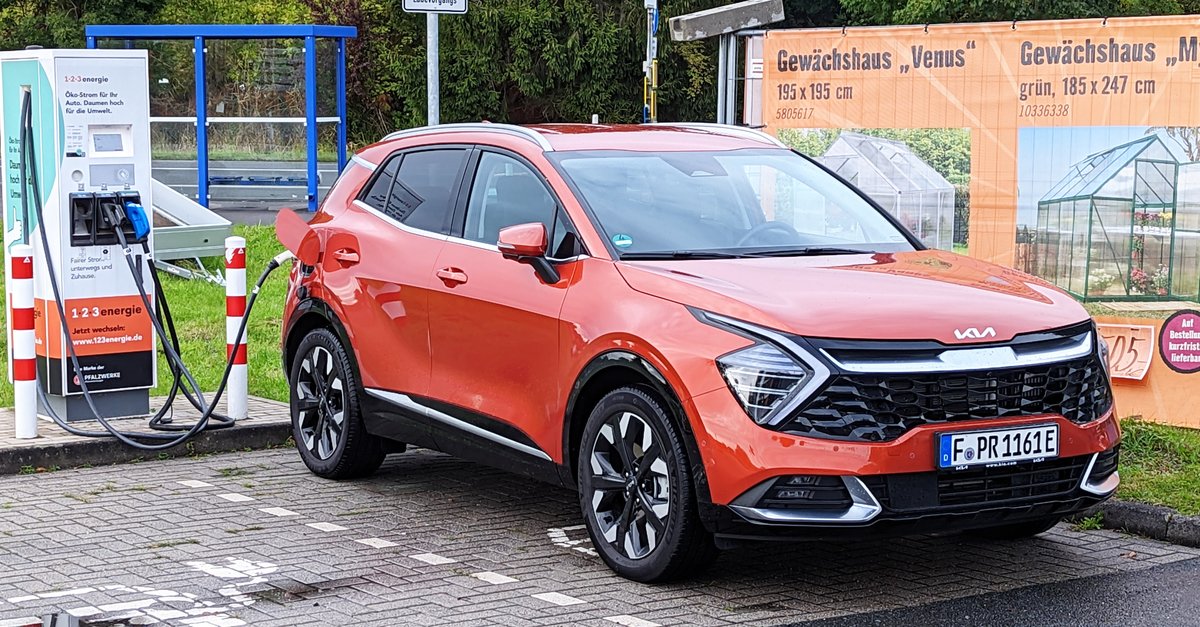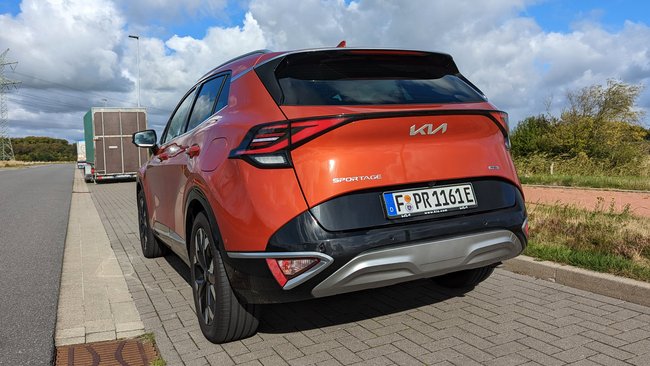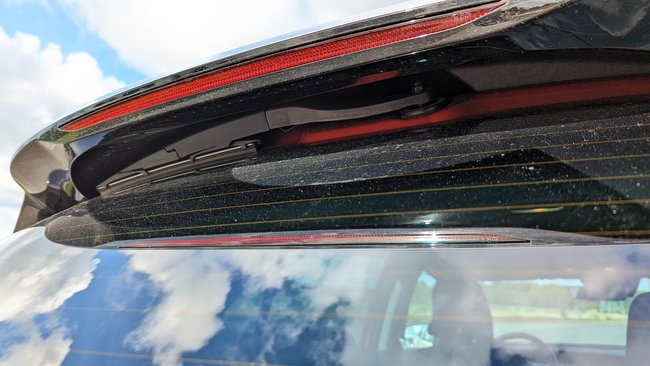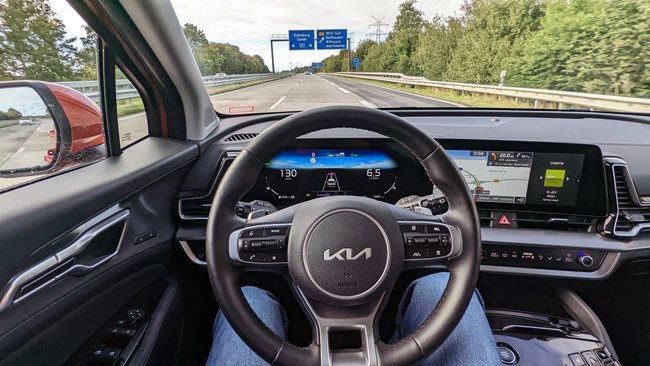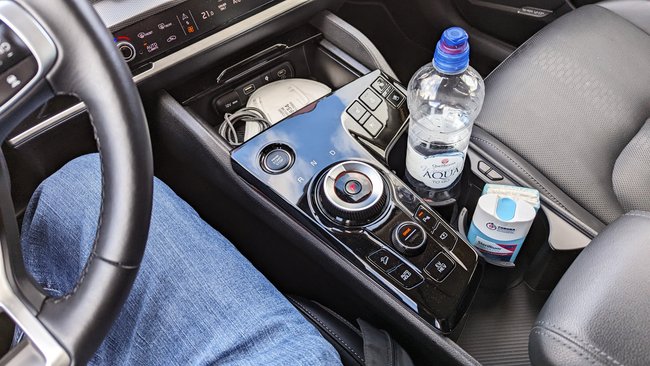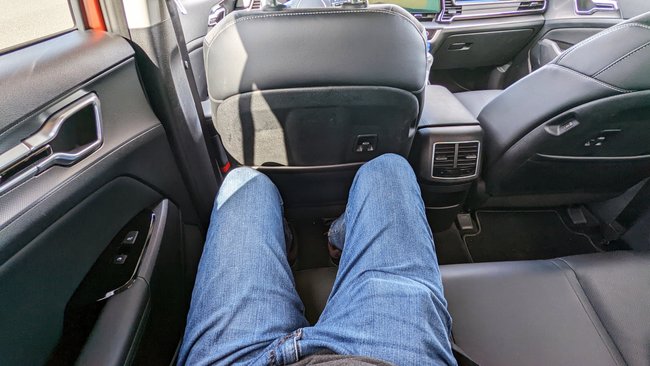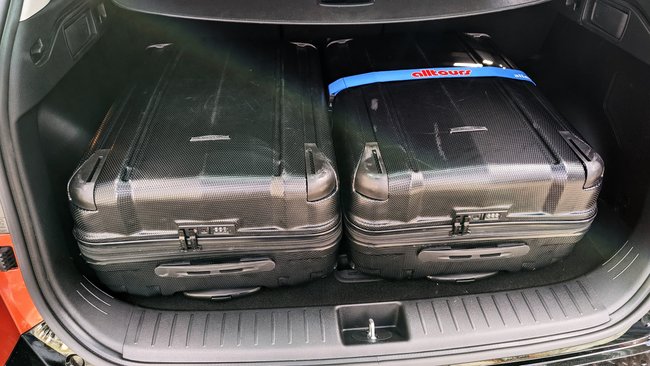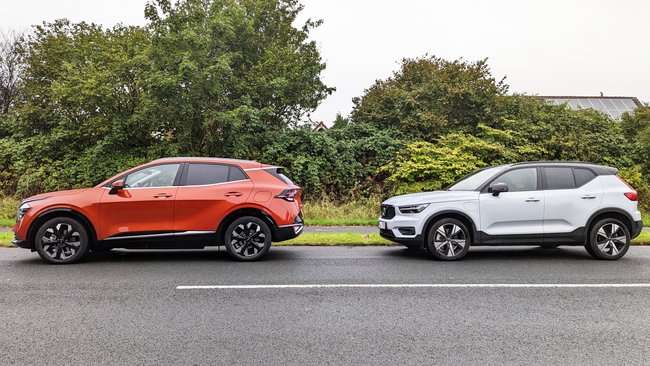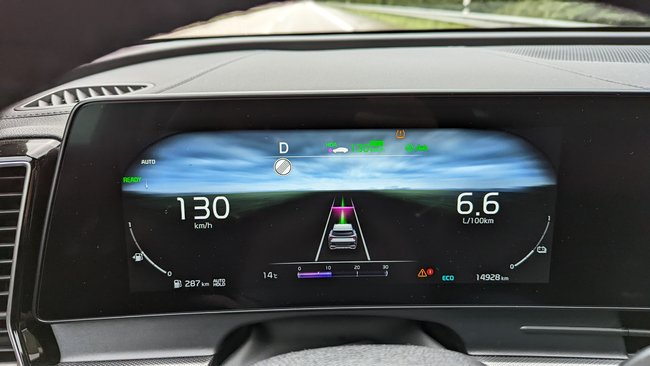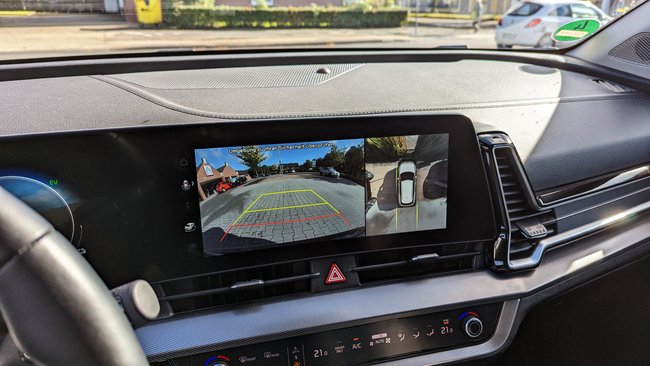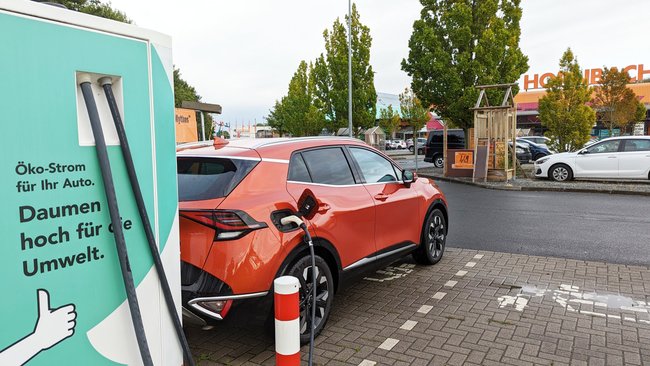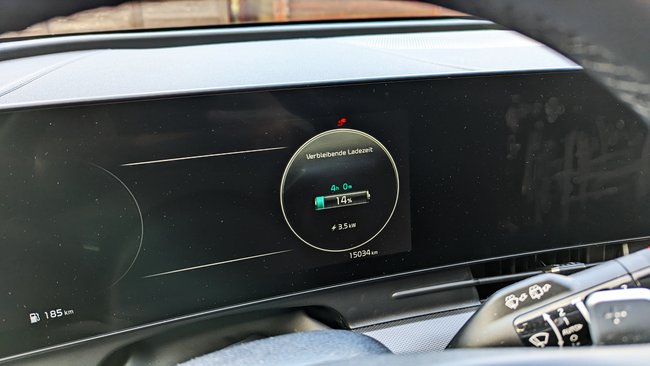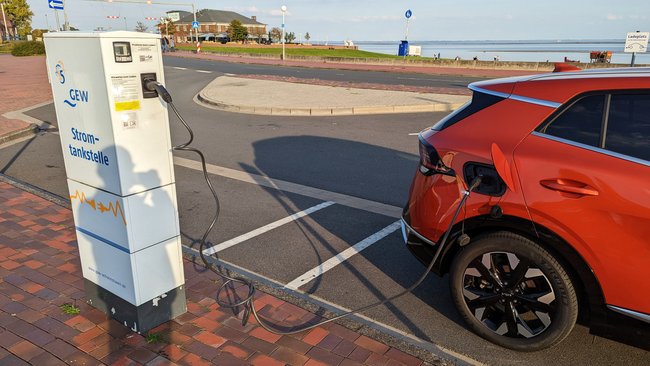Kia Sportage plug-in hybrid in the everyday test: Surprisingly good electric-combustion compromise
In addition to pure combustion engines and electric cars, Kia also offers plug-in hybrids, which are intended to offer a combination of both worlds. I drove the Kia Sportage PHEV for two weeks in my everyday life and for just over 600 kilometers and am surprised how well it works. Because even if the battery is empty, you benefit from the electric drive and save fuel. But the new Kia Sportage PHEV is not perfect.
Contents
Kia Sportage PHEV in the test: conclusion
The 5th generation Kia Sportage convinced me as a plug-in hybrid. It is a beautiful, high-quality and large SUV that can be driven very economically thanks to electrification. The four-wheel drive with the combustion engine and electric motor not only ensures powerful propulsion, but also safety on the road. The assistance systems work reliably as usual and there is plenty of space. Whether you’re going on holiday or with the family, there’s enough space here.
Overall, the Kia Sportage PHEV is still more of a combustion engine than an electric car. He drives very often electrically, but I don’t have the setting options for recuperation, for example. In addition, the combustion engine comes on when the heating is required. This is not the case with other plug-in hybrids. In the end, all this doesn’t bother you much, because you get a mature vehicle.
Advantages:
- design
- space
- driving behavior
- assistance systems
- Price-performance ratio
- Charging socket sensibly placed
Disadvantages:
- No recuperation
- loading speed
The test vehicle
Kia provided me with the Sportage PHEV in the following configuration:
- Kia Sportage 1.6 T-GDI PHEV AWD AT (Spirit)
- Orange Fusion Met.
- leather package
- sound pack
- DriveWise Park Plus package
Of the The basic price is 48,090 euros, with the packages, the test car is around 52,180 euros before deducting the subsidy. This will no longer apply in Germany from 2023.
Eye-catching but pleasing design
I really like the look of almost every new vehicle with an electric drive that Kia is bringing to market in Germany. Especially the optics of the Kia EV6 (test) inspired me and many others. The new Niro EV (test) is a bit more reserved and the 5th generation Sportage stands out much more because of its design compared to its predecessor. I like bold designs like this and the new Sportage hits the mark again. There is no risk of confusion here. The Sportage can be recognized from afar by its unique daytime running lights. I also like the back with the clean look, huge tailgate and the indicated light bar. I just think it’s a shame that the taillights aren’t really connected by a light bar. That would be awesome.
Incidentally, I find it particularly clever that the Rear wiper was hidden under the spoiler. At first glance, it seems as if the Kia Sportage doesn’t have one, but it’s well camouflaged. This also ensures a very clean look.
Interior convinces
In the interior there is a familiar look. Do you have two large screens available. This time with a steering wheel with a round airbag and the familiar buttons.
The center console is very wide, but offers a lot of space. There you can charge your cell phone wirelessly, stow bottles or cups safely and store small items in the armrest.
You can use the buttons to start the car, select the driving programs, switch between the modes or switch on the seat heating or ventilation. There is even a heated steering wheel. I’m still not a fan of the piano lacquer look, because it looks dirty quickly. Overall the car is well finished and the seats are comfortable.
This also applies to the back seat where I can sit behind myself without any problems and still have enough legroom. I am 181 cm tall. There is a separate climate zone at the back so that the temperature can be set individually. There is seat heating on the outer seats and USB ports in the front seats.
the power tailgate reveals a large and wide trunk, in which two large suitcases and much more can easily be accommodated. The rear seats can be folded down and even adjusted in inclination. Our test car still had a trailer hitch and actually a bike rack was included. Because of the bad weather, I couldn’t ride my E-MTB in the Harz Mountains and couldn’t try out these properties.
My parents recently bought a Volvo XC 40 plug-in hybrid and were very enthusiastic about the Kia Sportage PHEV. Both from the optics as well as from the interior and the longer range that the Kia achieves. Otherwise they really only like Volvos that they have been driving for years.
Sophisticated assistance systems
As with the Kia EV6 and Niro EV, the assistance systems of the Sportage convinced me. Especially on the highway, the steering and lane assistant, the blind spot warning, adaptive cruise control and the cameras are a good support. In total I drove about 400 kilometers on the freeway and 200 kilometers in the city. With the assistance systems, driving is very pleasant in the long run.
On country roads, the steering assistant seemed a bit too weak, even when cornering wasn’t that severe. He couldn’t keep track as well as I’m used to with other systems. Automatic driving is therefore not possible. So you should always have your hands on the steering wheel. But that’s what you want anyway.
The Kia Sportage is not a small car. And that’s why it’s all the more important that a 360-degree camera is installed. Rear visibility is particularly limited due to the wide C-pillar. I found it very easy to park the big car at narrow charging stations or other parking spaces. Especially the view of the curbs helps not to break the beautiful rims.
range and charging speed
in the Kia Sportage has a 13.8 kWh battery installed, which should ensure a range of 60 km. I didn’t achieve that. On the Autobahn at 130 km/h, 30-35 km were possible. In the city it was a little over 50 km, although the weather with rain and wind in the test period was not ideal. With 15 to 20 degrees it was not too cold.
We loaded the Kia Sportage single-phase. At a faster charging station with 43 kW I was able to According to the display, it takes 2 hours to fully charge with 7.1 kW. But the battery was never completely empty. There was always 15 percent left. I reached a maximum of 4.4 kW at a 22 kW charging station on the beach. The charging process would have taken three hours there. On my parents’ 11 kW wall box, it was four hours with a maximum of 3.5 kW.
The range in the car (top left in the picture) is always displayed as the combined range of electric and petrol engines. So I was able to achieve a range of just over 600 kilometers with a full tank and a full battery. But I always drove 130 km/h on the freeway. So I had a consumption of about 6.5 liters over about 400 kilometers with 2x battery fully charged. With an “empty” battery it was 7.3 liters with a normal driving style. In my opinion, that’s not too much for such a large vehicle. If you charge the battery regularly at the wall box, the consumption is correspondingly low.
I think two things are a shame about the Kia Sportage PHEV:
- The burner turns on when the heater is on. That also happens when it’s 15 degrees outside and I set the ventilation to 22 degrees.
- I miss the recovery. When you take your foot off the gas, the car keeps rolling with almost no resistance. That may be okay for a combustion engine, but I expect more from an electrified vehicle. In the Volvo and other vehicles there is a B mode that activates higher recuperation than in D mode. With Kia, recuperation basically only works via the brake pedal, which I don’t find so pleasant for the city.
All in all, I have to say that I’m excited about the plug-in hybrid Kia Sportage. The relatively large battery ensures that you can drive everyday routes completely electrically. That too Switching on the combustion engine is very pleasant and happens gently. I know that from other hybrids much rougher and above all louder. The Sportage is a huge car with plenty of room for the whole family and is relatively fuel-efficient when driven economically. But you should have your own wallbox. I don’t have them (yet) and the public charging stations are not always free or nearby.
Does a plug-in hybrid still make sense?
From 2023 there will be no subsidy for plug-in hybrids. Accordingly, interest in such vehicles is likely to decrease. In my opinion, the Kia Sportage with a battery can still do it be interesting for many people who still want an interim solution for the next few years. You already own a wall box and want to drive electrically, at least in the city or for short distances, but with what feels like a safer combustion engine. That’s exactly how my parents are with their Volvo XC 40 plug-in hybrid. Especially since the Kia drove electrically in situations where I didn’t expect it at all, because the battery was actually empty.
In my eyes, the car still has a right to exist. If you don’t have a wall box and you don’t have the opportunity to charge at work, you probably won’t be happy with it in the long run. The mild hybrid version would probably be the better choice.
